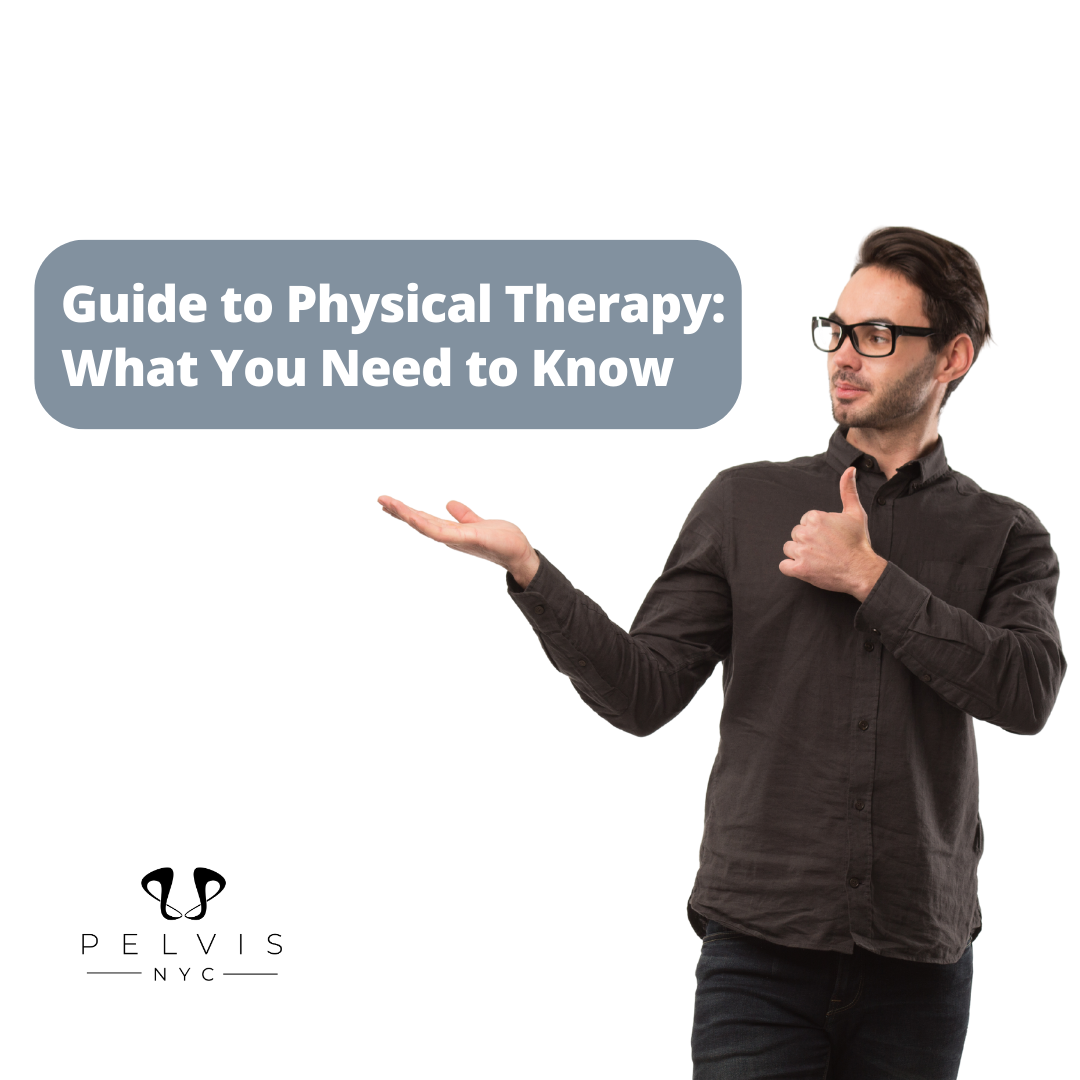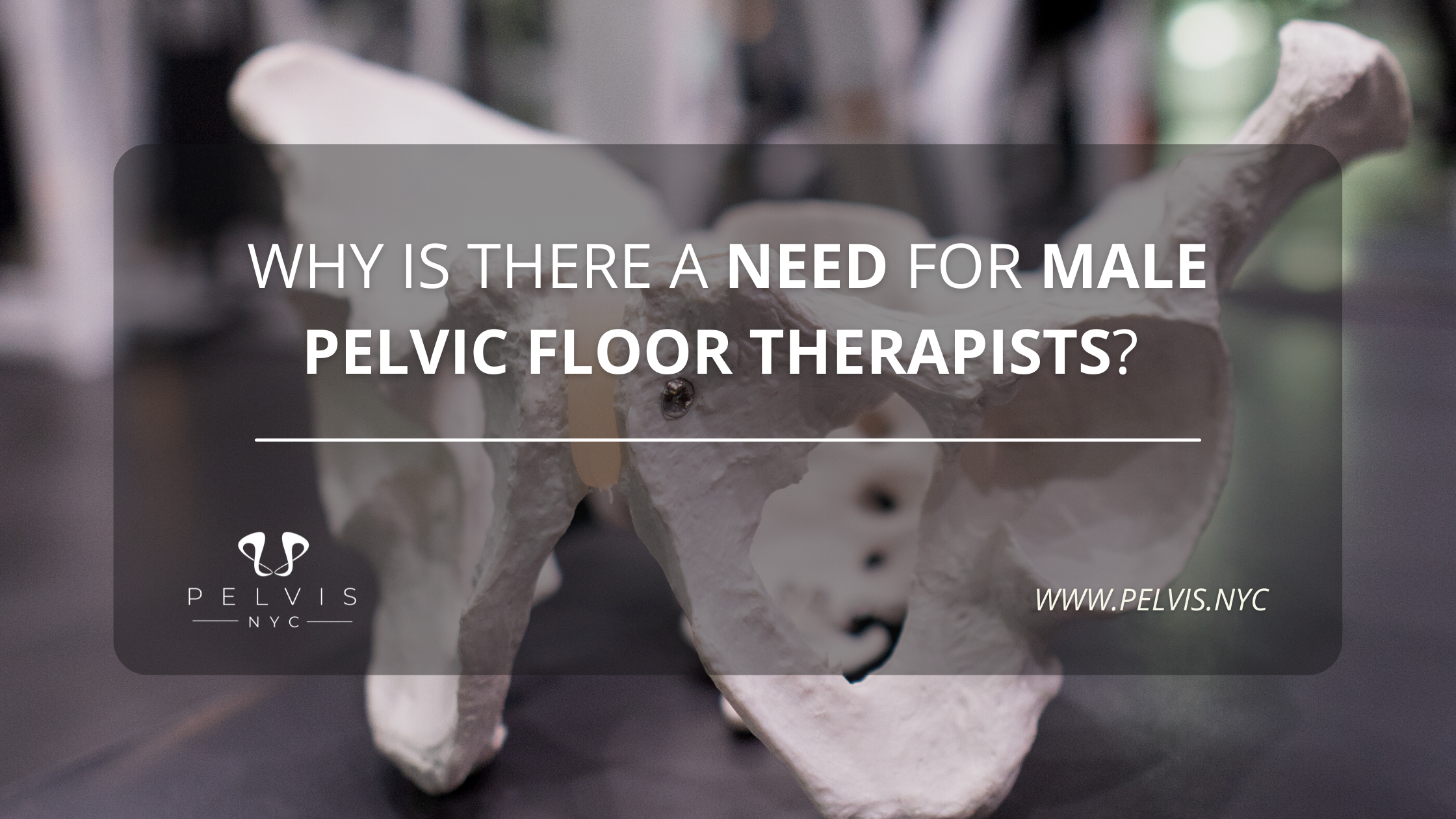Why Physical Therapy in NYC is Essential for Your Health
Living in New York City means being constantly on the move. Whether you’re navigating crowded subway stations, training for the NYC Marathon, or simply dealing with the hustle and bustle of daily life, your body endures a lot. That’s why physical therapy in New York City is a crucial service for injury recovery, chronic pain relief, and overall wellness. Additionally, many physical therapists in New York City engage in continuing education to stay updated with the latest techniques and advancements in the field, ensuring the highest quality of care for their patients.
Meet Dr. Adam Gvili of Pelvis NYC
Dr. Adam Gvili, PT, DPT, is a highly respected pelvic floor and orthopedic physical therapist in New York City. As the founder of PelvisNYC, he leads a team of expert physical therapists who have helped countless patients recover from injuries, improve mobility, and optimize their overall physical health. With years of experience and a passion for evidence-based therapy, Dr. Gvili specializes in treating conditions related to pelvic health, sports injuries, and post-surgical rehabilitation.

“Physical therapy isn’t just about recovering from injury—it’s about enhancing movement, reducing pain, and improving quality of life. My goal is to provide personalized care that helps my patients achieve their highest level of function.” – Dr. Adam Gvili
Understanding the Importance of Physical Therapy
What is Physical Therapy?
Physical therapy (PT) is a medically guided approach to rehabilitating injuries, improving mobility, and managing pain. Licensed physical therapists like Dr. Adam Gvili use evidence-based techniques such as manual therapy, therapeutic exercises, and advanced modalities like dry needling and electrical stimulation.
Who Needs Physical Therapy?
If you’re dealing with any of the following conditions, physical therapy in NYC could be the solution:
- Sports injuries (ACL tears, tendonitis, sprains)
- Chronic pain (lower back pain, arthritis, sciatica)
- Post-surgical rehabilitation
- Workplace or accident-related injuries
- Balance and mobility issues
Preparing for your first appointment is crucial, as it sets the stage for a comprehensive evaluation and personalized treatment plan.
The Role of Physical Therapy in Preventative Care
Physical Therapists in New York City
What to Look for in a Physical Therapist
Finding the right physical therapist is crucial for effective treatment and recovery. Start by looking for a professional with extensive experience in treating conditions similar to yours. Check their credentials, including education, licensure, and certifications, to ensure they are highly trained and knowledgeable about the latest research and treatment techniques. It’s also important to consider their approach to care; a good physical therapist will prioritize one-on-one attention and adopt a holistic approach to treatment. Reading reviews and asking for referrals from friends, family, or healthcare professionals can also help you find a physical therapist with a reputation for providing exceptional care.
Why Choose Pelvis NYC for Your Physical Therapy Needs?
As a leading physical therapy clinic, PelvisNYC, under the direction of Dr. Adam Gvili, offers specialized treatments for a wide range of conditions. Whether you’re dealing with chronic pain, recovering from surgery, or seeking to improve your athletic performance, Dr. Gvili and his team provide expert, patient-centered care.
Pelvis NYC is recognized as a top physical therapy practice, known for its patient-centered care and commitment to excellence.
Benefits of Physical Therapy in New York City
1. Injury Prevention and Recovery
New Yorkers are always on the go, which increases the risk of injuries. Physical therapy helps you recover from injuries faster while reducing the chances of re-injury.
2. Pain Management Without Medication
Many people turn to painkillers for relief, but physical therapy offers a natural, long-term solution by addressing the root cause of pain.
3. Improved Mobility and Flexibility
Whether you’re an athlete, a dancer, or someone recovering from surgery, PT helps restore movement and flexibility.
4. Personalized Care Plans
Unlike generic workout routines, physical therapists create customized treatment plans based on your unique condition and goals. Dr. Adam Gvili ensures that every patient receives tailored exercises and treatments to maximize their recovery.
5. Enhanced Performance for Athletes
From marathon runners to weekend warriors, physical therapy helps athletes optimize their performance and recover from injuries.
Located in Midtown Manhattan, Pelvis NYC offers convenient access to top-notch physical therapy services for athletes and active individuals.
Types of Physical Therapy Treatments
Physical therapy treatments are tailored to meet individual needs and goals. Common types of treatments include:
- Manual Therapy: This hands-on approach involves techniques like massage, joint mobilization, and soft tissue mobilization to alleviate pain and improve function.
- Exercise Therapy: Personalized exercise programs are designed to enhance strength, flexibility, and range of motion.
- Modalities: The use of heat, cold, electrical stimulation, and other agents to promote healing and reduce pain.
- Education: Teaching patients about proper posture, body mechanics, and injury prevention techniques.
- Sports Performance Training: Specialized programs aimed at enhancing athletic performance and reducing the risk of injury.
Physical Therapy for Specific Conditions and Injuries
Physical therapy is a versatile treatment option for a wide range of conditions and injuries, including:
- Orthopedic Conditions: Such as osteoarthritis, tendonitis, and ligament sprains.
- Neurological Conditions: Including stroke, spinal cord injury, and Parkinson’s disease.
- Cardiovascular Conditions: Such as heart failure and coronary artery disease.
- Sports Injuries: Including ACL tears, concussions, and shin splints.
- Chronic Pain: Physical therapy can help manage chronic pain and improve overall quality of life.
Physical Therapy and Wellness Programs
Physical therapy and wellness programs are designed to promote overall health and well-being. These programs may include:
- Fitness Classes: Such as Pilates, yoga, and group exercise classes.
- Wellness Workshops: Educational sessions on topics like nutrition, stress management, and mindfulness.
- Injury Prevention Programs: Designed to reduce the risk of injury and improve overall physical function.
- Sports Performance Training: Programs aimed at enhancing athletic performance and reducing the risk of injury.
- Occupational Therapy: Helping individuals develop skills for daily living and work.
By incorporating physical therapy and wellness programs into your routine, you can improve your overall health and well-being, reduce your risk of injury and chronic disease, and enhance your quality of life.
How to Book a Session in Pelvis NYC
If you’re experiencing pain, stiffness, or recovering from an injury, finding a trusted physical therapist in New York City and preparing for your first appointment is your first step toward healing. Pelvis NYC offers free 15-min teleconsultation to assess your needs and create a personalized treatment plan.
Steps to Get Started:
- Search for “physical therapy in NYC” and read patient reviews.
- Call Pelvis NYC or another top-rated clinic to ask about availability, insurance, and services.
- Schedule an initial evaluation with Dr. Adam Gvili to discuss your condition and goals.
- Follow through with your treatment plan and stay consistent for optimal results.
Conclusion: Take the First Step Toward Pain-Free Living
Whether you’re recovering from an injury, managing chronic pain, or looking to improve your athletic performance, physical therapists in New York City offer a solution tailored to your needs. With top-rated clinics like Pelvis NYC and expert therapists like Dr. Adam Gvili, there’s no reason to let pain hold you back.
Book your physical therapy consultation with Dr. Adam Gvili at Pelvis NYC today and take the first step toward a healthier, pain-free life!






